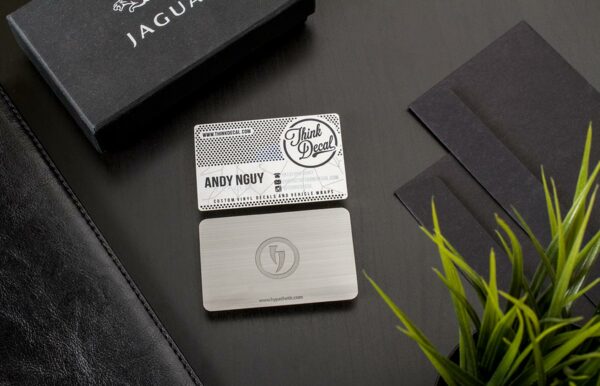When getting any material printed for your business or personal use, what makes a difference is the print you choose to use. Not only will it affect costs but will also determine the quality of the final product. Most times, this is reverse engineered. Depending on the final product you need and its purpose, we will provide you with the options that are available in terms of the printing process and quality.
Depending on the promotion material, you can choose the type of print you need. For example, for simple requirements, where the print quality doesn’t have to be too fancy, digital print will do the trick. So, for business cards and flyers, digital printing can give great results at an affordable price. However, if you are looking to print art and make high quality copies for people to frame on canvas and hang on the walls of their homes, giclée print will be the way to go. If you still have questions about the print you need to opt for, please feel free to get in touch with our helpful staff.
Digital Printing
Digital Printing is the process of using a computer to send a command to the printer to get images and text printed on paper or other material. This process does not require the use of press plates, and comparatively is a cheaper option. For this reason, digital printing has made things a lot cheaper (due to the reduction in printing), helped brands take significant strides by quickly and easily refreshing designs on paper, fabric and various other materials.
Since printing plates are not used, the printing process has been greatly reduced. As a result, we can now provide faster turnaround time to customers. We make use of this technology by offering same-day printing.
Discover our Digital Printing Products

This printing process is a bit more complex compared to digital printing. In this process, the digital file is broken down to the basic colour separations, CMYK, which stands for cyan, magenta, yellow and black. These separated designed are then laser printed on to four separate aluminium plates. Three sets of rollers form one unit for a single colour. The aluminium plate is attached to the top roller. Above the first rollers are systems that pas through water and vegetable oil-based ink. The water and colour are passed to the top roller. The second roller is covered with a rubber blanket. When the first roller rotates, the print is offset on the second roller. Single sheets of paper are passed between the second and third roller, where the paper is actually printed. This process helps get a clearer and sharper image.
This sheet of paper is then passed to the next set of rollers with a different colour. The same process is repeated three more times, allowing the entire print with all the colours to get transferred to the paper.
Since a bulk of the cost for the entire process is taken up in the initial setup, offset printing is best suited for larger print quantities. As the print quantity increases, the cost of printing per page reduces.

Giclée printing is an excellent way for artists to make a high quality reproduction of their art. It is a fine art digital printing process that uses a digital copy of the painting as the source. Artists take a high quality digital photograph of their artwork. Printers use this image to reproduce a fine art print.
An inkjet printer is used to print the artwork. It uses a 12-colour colour system as opposed to the 4-colour system used in home printers. Hence, a giclée print will have more colours and shades, and will produce a more accurate copy of your art compared to other printers. Even the quality of the ink used is much better than most other printing methods. 1800-Printing uses a combination of environmentally-friendly pigment ink with archival substrates including matte photo paper and cotton canvas. This is done to make the print long-lasting, luxurious and as close to the original artwork as possible. 1800-Printing produces museum-quality, fade-resistant prints that can last up to 200 years if kept under proper display conditions. A giclée print is produced one at a time and is a work of art in itself.
How to get a great digital print of your art?
Prop your art on a white background. Make sure it is well lit and there are no shadows on it. With a steady hand or with the help of a tripod, take a photo using a digital camera. You might need to edit the photo using an image editing software to ensure the final image is one that has been precisely cropped and edited for print.
Digital Printing vs Offset Printing vs Giclée Printing
Digital, offset and giclée are very different in terms of the process and final result. The process should be chosen depending on the purpose of the print material. If you are looking to print a small quantity, digital printing would be the most cost-effective process. However, if you are looking for a better quality product and a larger quantity, offset printing would be the sensible choice. A bulk of the cost is devoted to creating aluminium plates. Once the plates are made, the cost of printing reduced with every piece of paper that is printed. Lastly, giclée printing is great to reproduce fine art prints that will be framed and hung in homes, offices or museums. This is an expensive process and is recommended exclusively when looking to produce a high quality print long-lasting copy of the original piece.
If you’re still unsure of how to go about the process, please get in touch with us. We also have a team of brilliant graphic designers who can not only help you pick the right printing process but can also help bring your ideas to reality for your next project. While you’re here, take a look at our entire product range.


































